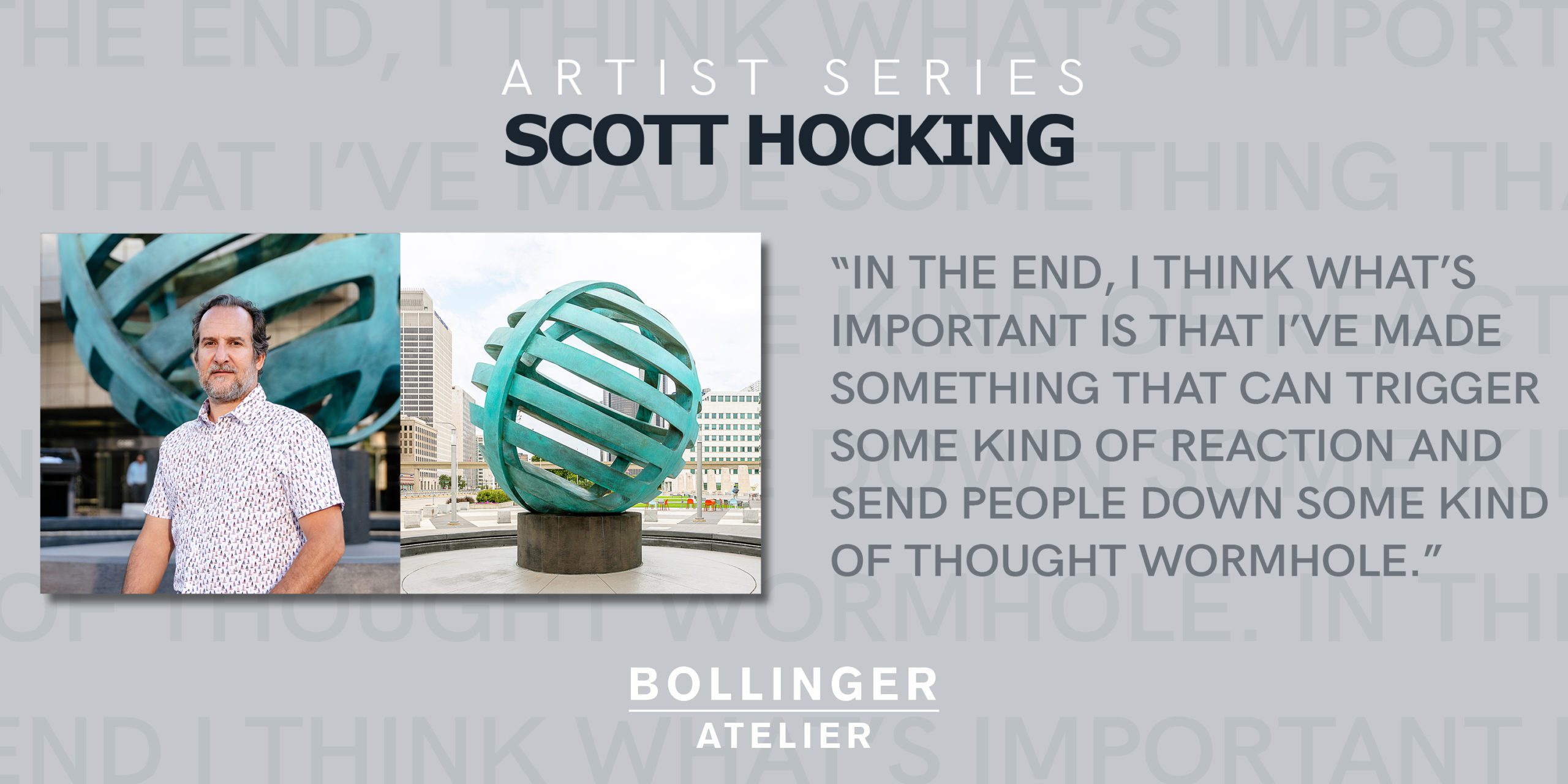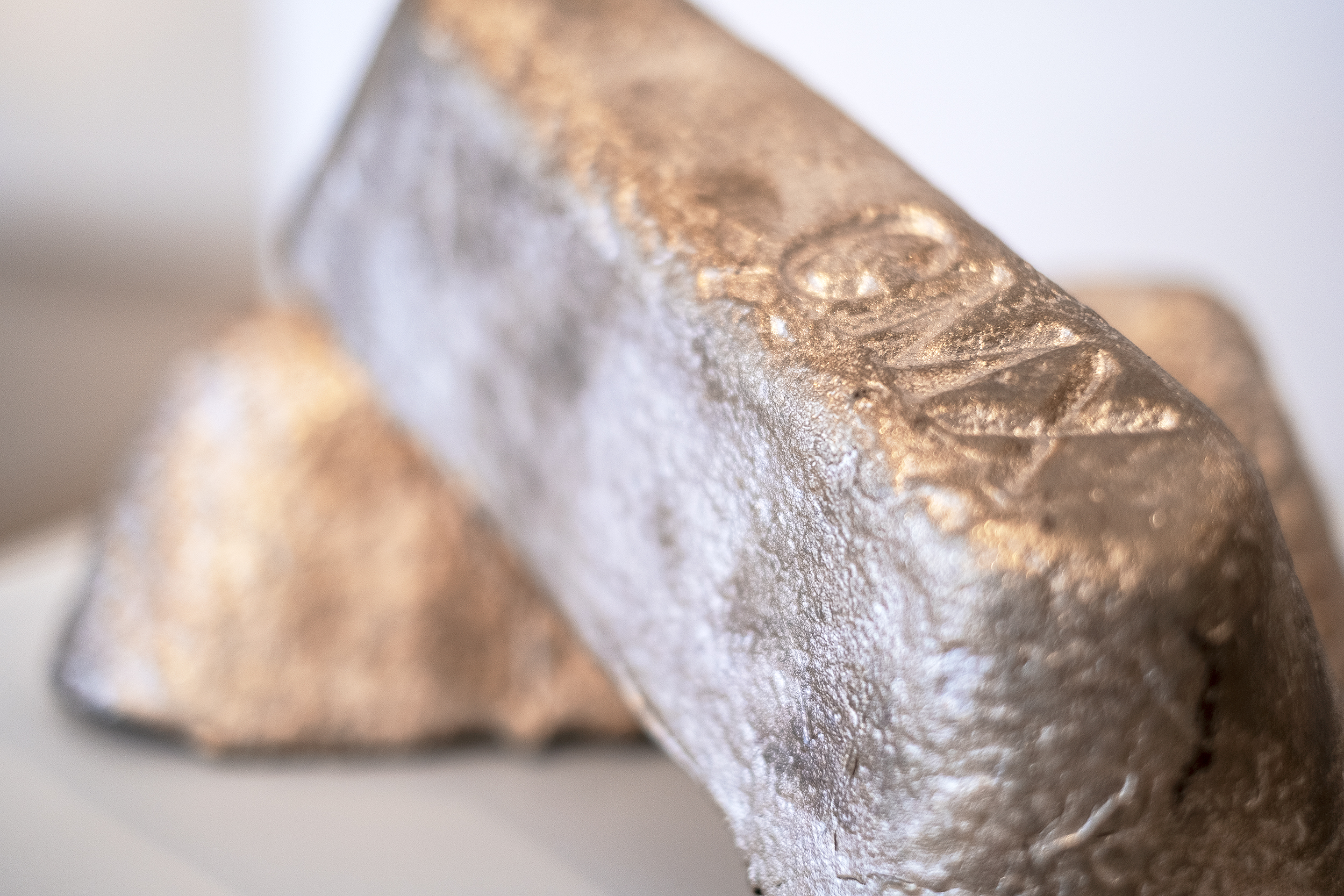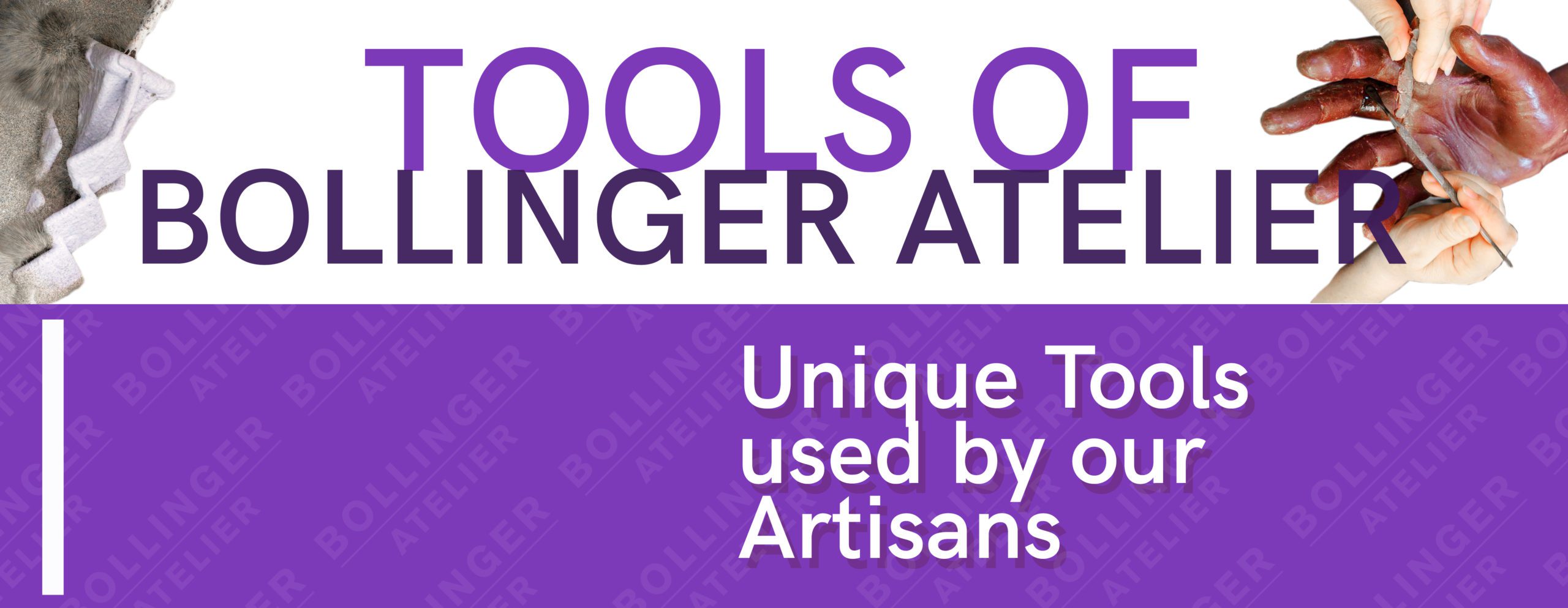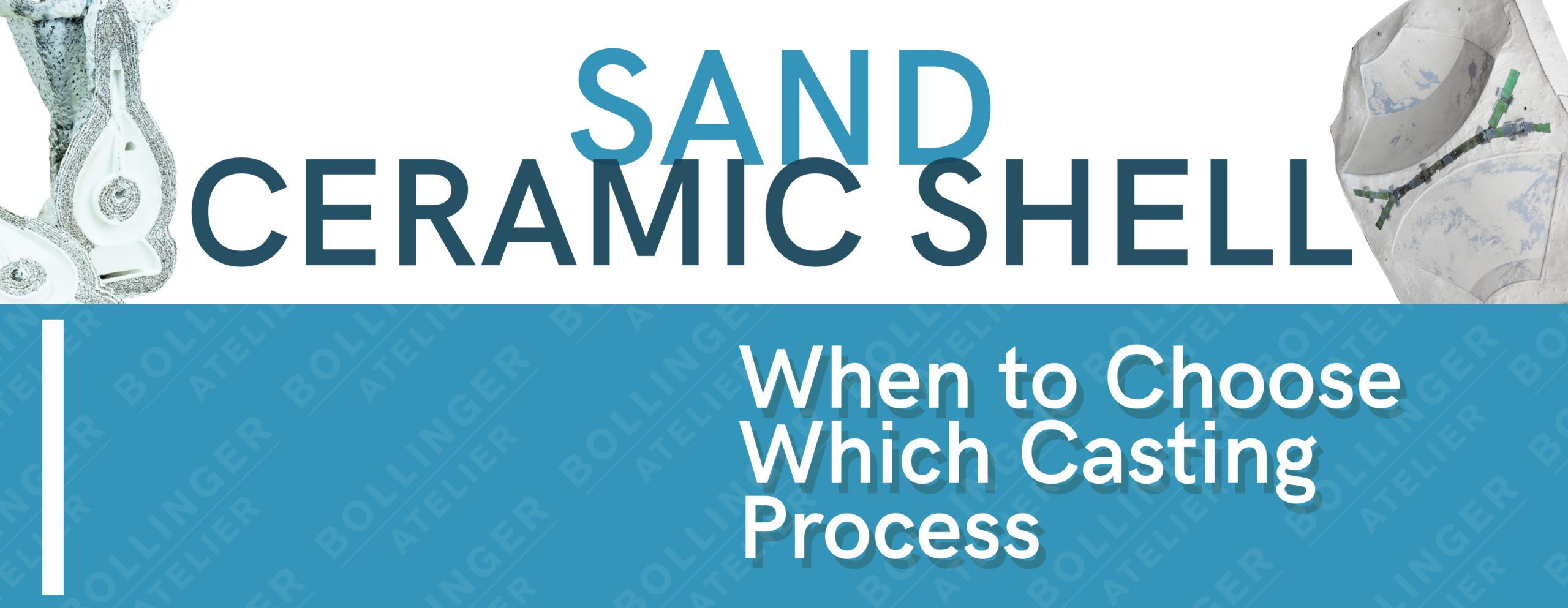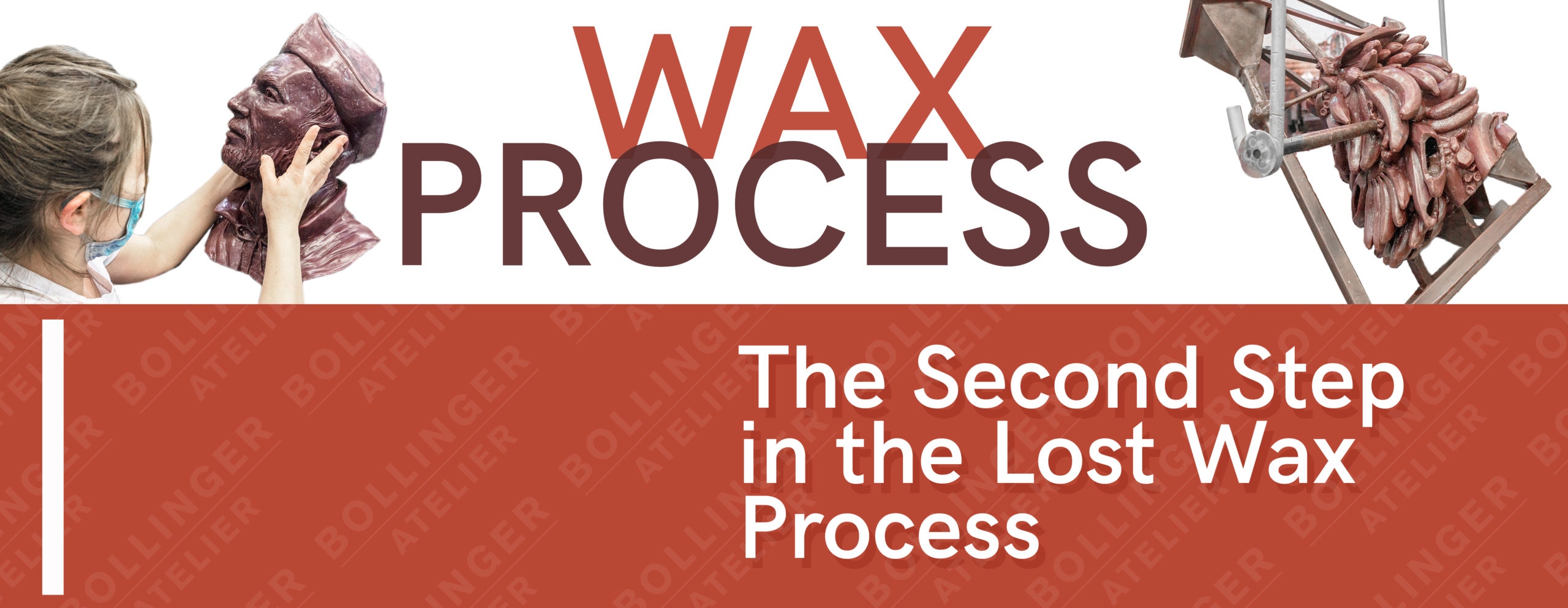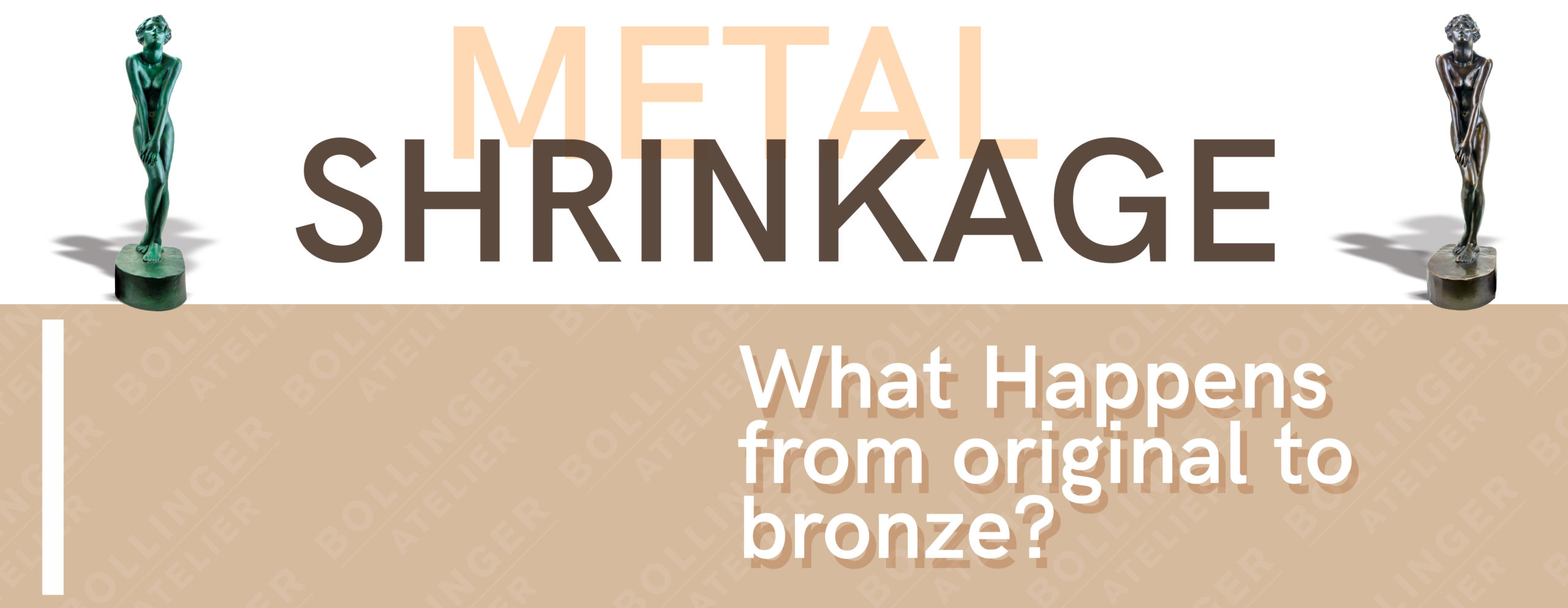Category: Education
Combining mythical history and narrative transformation, artist Scott Hocking creates site-specific sculptural work, photographic installations, and a plethora of other mediums to convey his thoughts.
Written by Christian Bell and Kim Nikolaev Bronze is the most common and widely used metal to cast sculptures around the world. An alloy consisting mostly of copper, its malleability …
A tape measure, chip brush, and dental tools hang on a wall. This isn’t the beginning of a joke but rather important tools used in our foundry as we make …
Animations by Ron Lyons, Written by Daniel Mariotti, Photographs and Video by Daniel Mariotti SAND CASTING The typical process of creating a sand casting starts with the “cope” or the …
Written by Daniel Mariotti Photographs by Daniel Mariotti Wax is usually the 2nd major step in the casting process. From rolling, dressing, and gating; in this blog, we will briefly …
Written by Daniel Mariotti Photos and Graphics by Daniel Mariotti It’s important for artists to understand that transforming their work into bronze, a sculpture’s size shrinks. When an original bronze …

